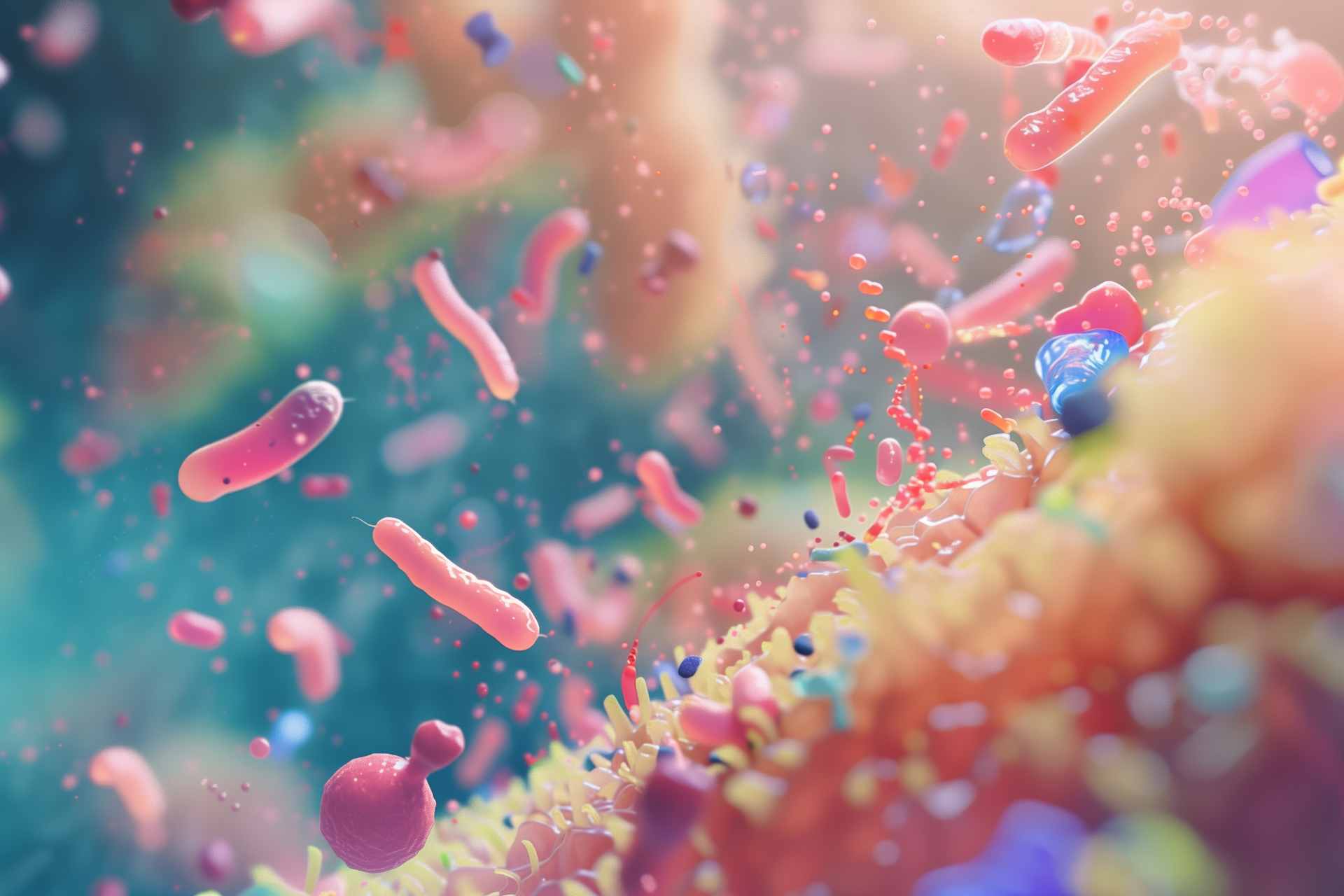What is already known
The gut microbiota is known to protect against pathogen colonization — a phenomenon called colonization resistance. However, it’s unclear which bacterial species drive colonization resistance against specific pathogens, and how they do that.
What this research adds
Working in mice and in cells grown in a lab dish, researchers analyzed how human gut bacteria influence colonization of two major bacterial pathogens — Klebsiella pneumoniae and Salmonella enterica serovar Typhimurium (S. Typhimurium). Specific combinations of diverse bacterial species showed greater colonization resistance when together than when alone. This effect is likely a result if the ability of these bacterial communities to consume nutrients that overlap with those used by pathogens. The researchers were also able to predict protective gut microbes using only their metabolic information or DNA sequence.
Conclusions
The findings shed light on why gut microbiota diversity protects against infection. The results may also inform the design of pathogen-resistant microbial communities.
The gut microbiota protects us against pathogen colonization, which can lead to infection. But how this happens remains a mystery. Now, a study has found that diverse communities of gut bacteria limit pathogen colonization by consuming the nutrients required for them to grow.
The findings, published in Science, may inform the design of pathogen-resistant microbial communities. “We found that microbiome complexity can arise though simple underlying principles, which gives promise to the goal of rationally designing microbiomes for better health,” the researchers say.
The protective effect of the gut microbiota against pathogen colonization is known as colonization resistance. However, it’s unclear which bacterial species drive colonization resistance against specific pathogens, and how they do that.
To address this question, researchers led by Frances Spragge at the University of Oxford in the United Kingdom analyzed how human gut bacteria influence colonization of two major bacterial pathogens — Klebsiella pneumoniae and Salmonella enterica serovar Typhimurium (S. Typhimurium).
Diverse microbiota
The researchers selected 100 human gut bacteria and grew each species first with K. pneumoniae and then with S. Typhimurium. Then, they ranked the bacteria based on their ability to hinder pathogen growth.
Individual species of gut microbes had negligible effects on colonization resistance. However, when the researchers combined up to 50 bacterial species into diverse communities, they found that pathogen growth was inhibited. Similar effects were observed in germ-free mice colonized with diverse microbial communities and infected with either Klebsiella pneumoniae or S. Typhimurium.
“Our results indicated that microbiota diversity is important for colonization resistance,” the researchers say.
Nutrient blocking
Although individual gut bacteria offered little protection against pathogens, colonization resistance depended on the presence of specific species such as Escherichia coli — a known competitor of S. Typhimurium.
A diverse gut microbiota limits pathogen growth by consuming the nutrients that the pathogens need, the researchers found. “Nutrient blocking is thus promoted both by diversity and by the presence of certain key species that increase the overlap between the nutrient use of a community and a pathogen.”
Finally, the researchers used the principle of ‘nutrient blocking’ to predict which gut microbial communities are protective against a new bacterial pathogen. Then, they tested the colonization resistance of these communities experimentally. Their results suggest that it’s possible to identify protective communities using either metabolic information or even just the microbes’ DNA sequence.
“Our work suggests a route to optimize the composition of microbiomes for protection against pathogens,” the authors say.










